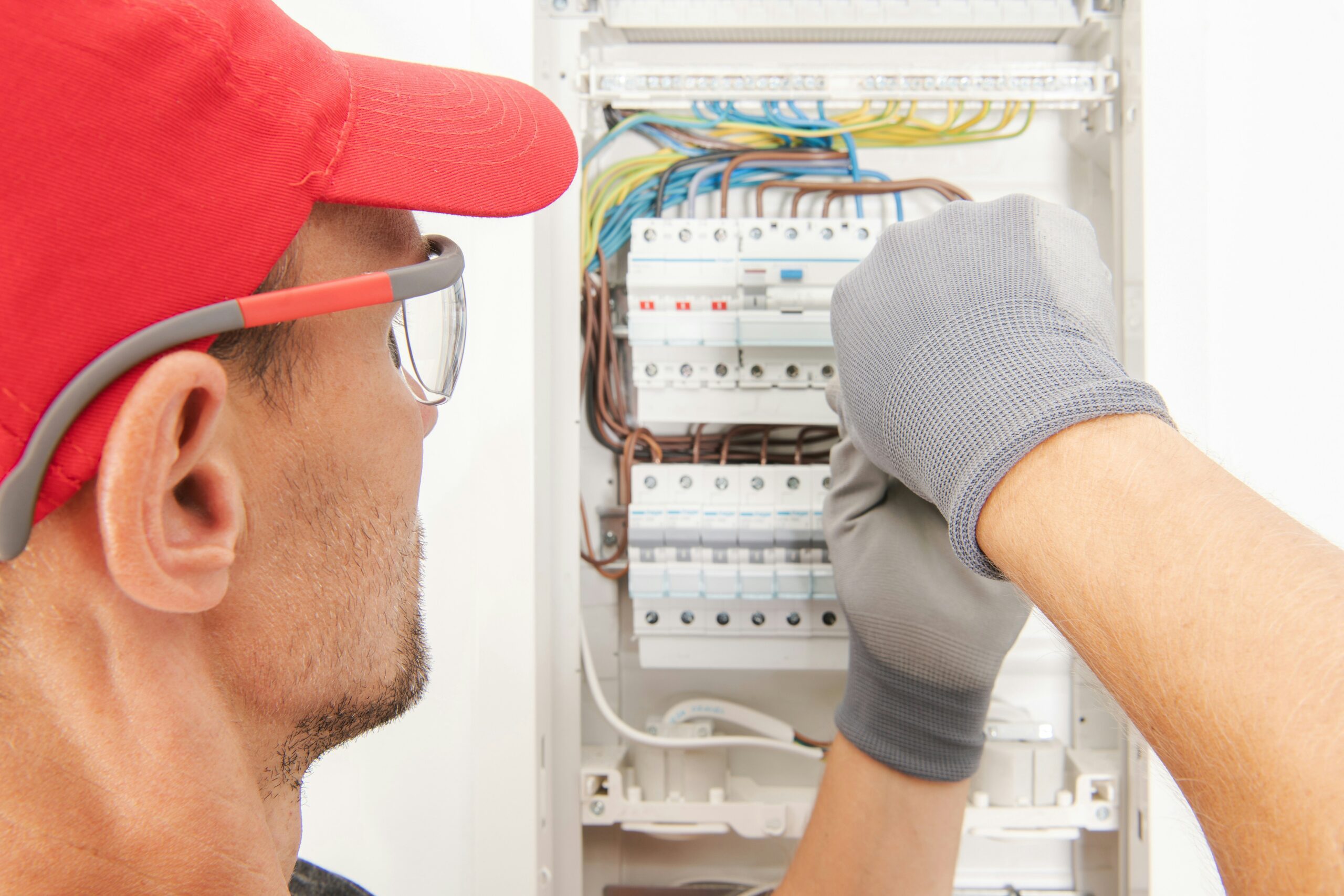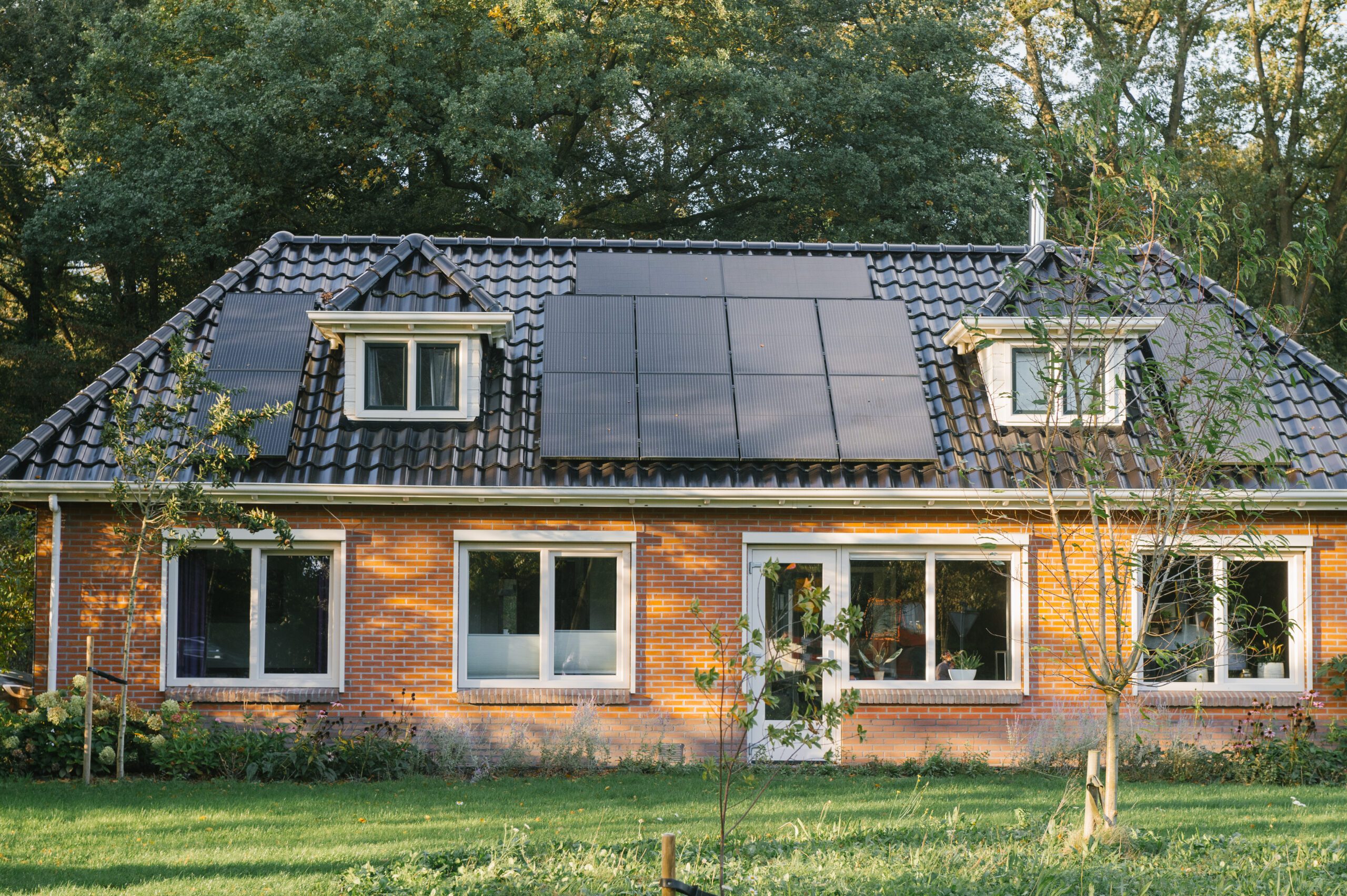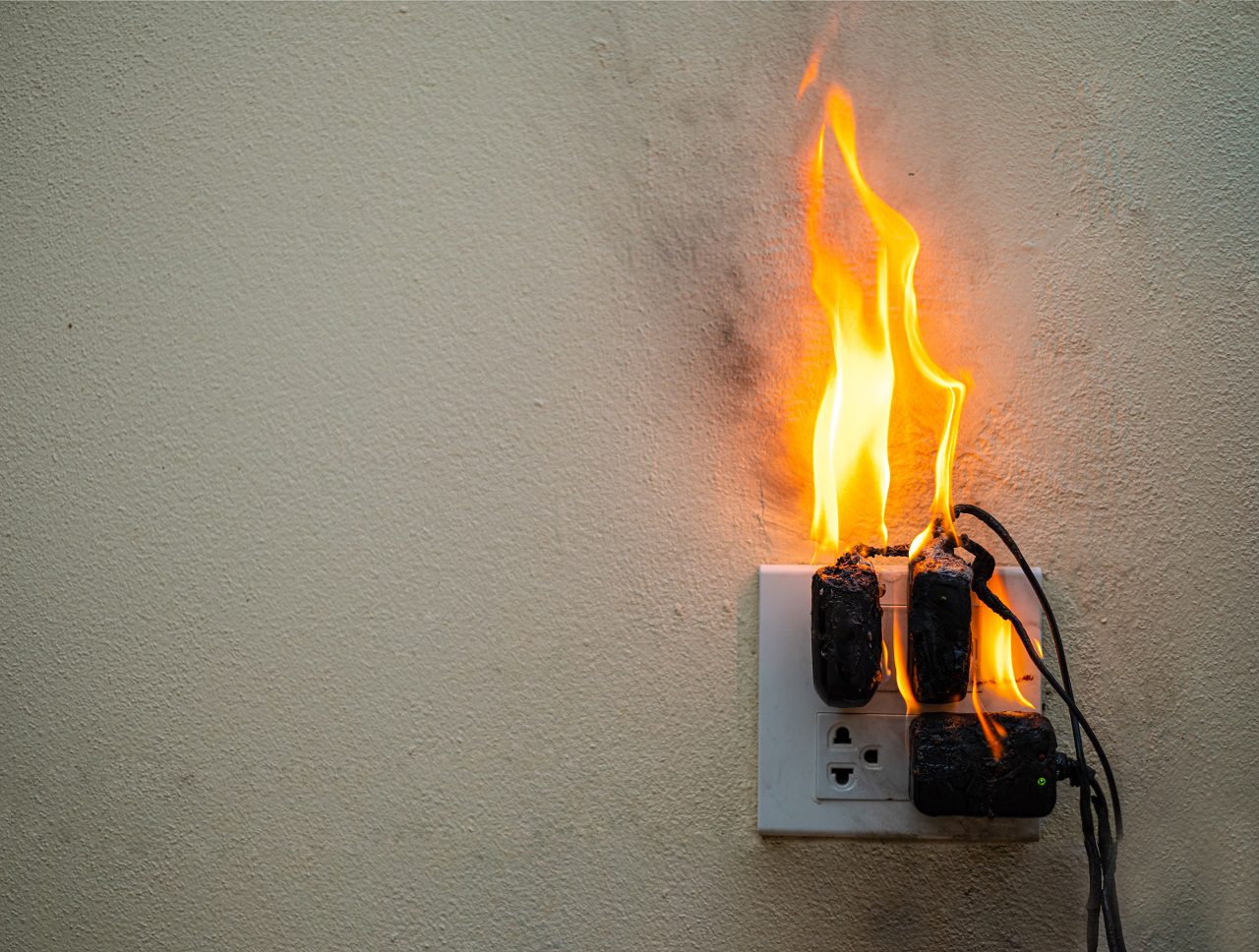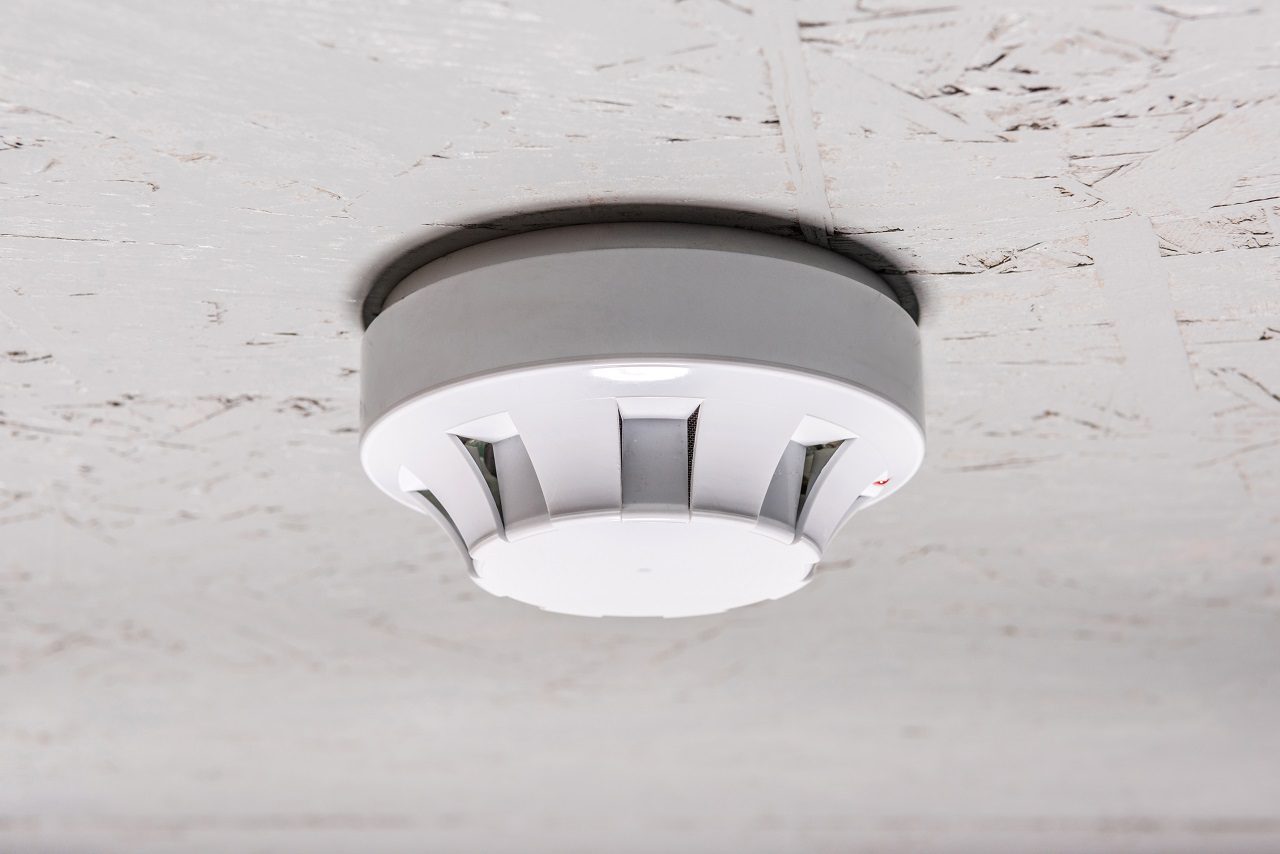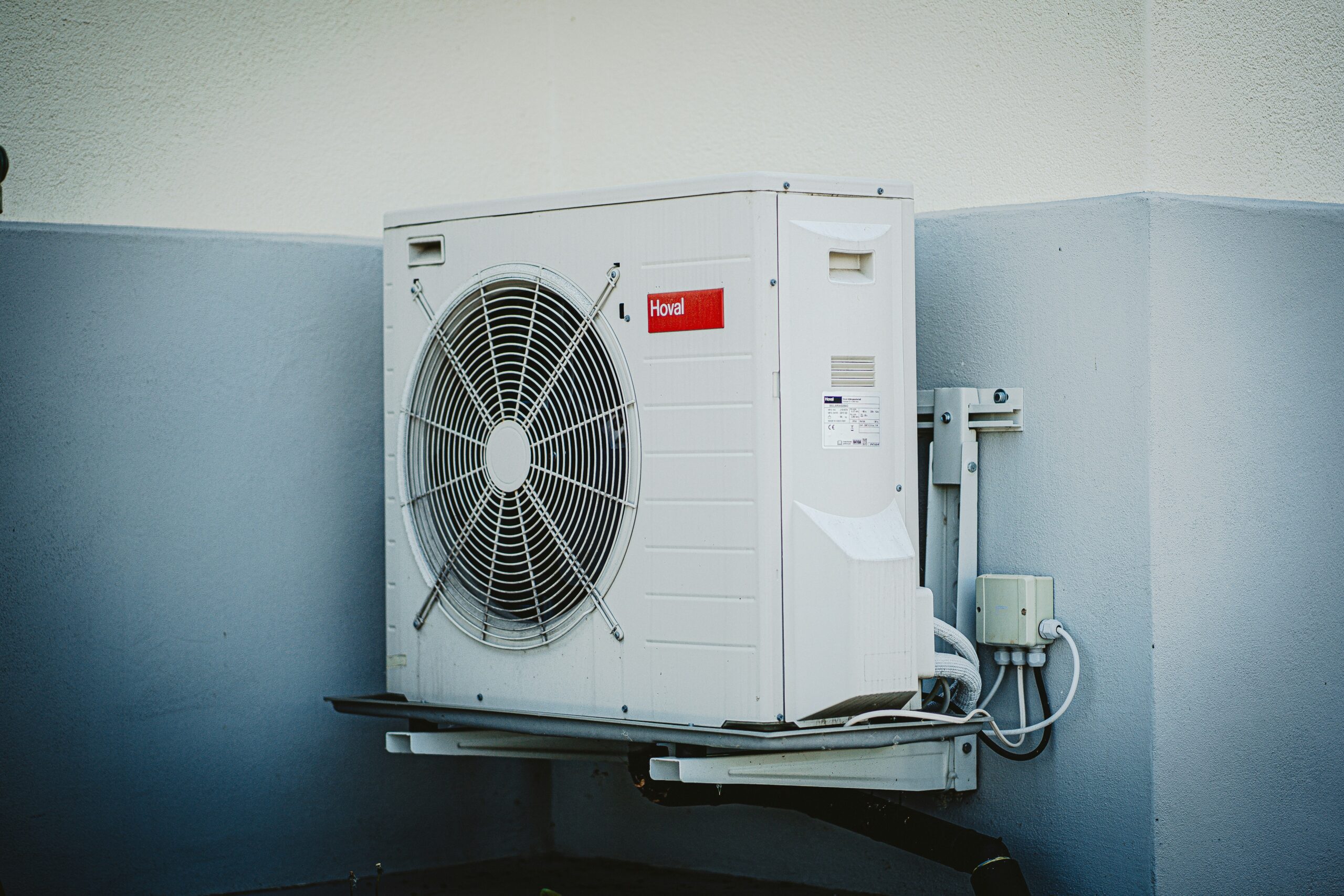When it comes to maintaining a safe home environment, the importance of regular electrical inspections cannot be overstated. As your trusted HVAC and electrical specialists, we emphasize the critical role these inspections play in not only safeguarding your home from potential hazards but also ensuring that all your electrical systems function efficiently and reliably. Electrical inspections are a proactive measure that helps identify issues before they become serious problems, potentially saving homeowners from costly repairs and dangerous situations.
Over time, electrical connections can loosen, and wiring can degrade, leading to increased risks, including electrical fires, shorts, and other hazardous conditions. Regular inspections by qualified professionals provide an opportunity to correct these issues, ensuring your home’s electrical system adheres to current safety standards. Moreover, as technology and standards evolve, an inspection becomes a pivotal moment to upgrade and enhance your system’s safety and functionality.
Ensuring the safety of your electrical system is not just about compliance or meeting standards; it’s about peace of mind. Knowing that your home is secure from electrical hazards allows you and your family to live comfortably and safely. Let us help you maintain this safety with our expert electrical inspection services, tailored to meet the specific needs of your home.
Why Regular Electrical Inspections Are Crucial for Safety
Regular electrical inspections are akin to check-ups for your home’s nervous system. These evaluations are instrumental in determining the health and safety of your electrical setup, foreseeing potential hazards before they occur. Over time, even the best-installed wiring can face wear and tear that, if unaddressed, might pose significant risks such as electrical fires or system failures. Ensuring these systems are not only operational but also safe can protect your property and, more importantly, the lives of those dwelling within it.
Additionally, routine inspections can uncover if any part of your electrical system doesn’t meet current legal safety standards. As building codes evolve to incorporate advanced safety measures, staying compliant is not just about following the law—it’s about ensuring your home’s electrical systems are aligned with the best safety practices. With our in-depth inspections, we help identify areas where upgrades might be necessary, offering solutions that enhance safety and functionality.
What Happens During an Electrical Safety Inspection?
When we conduct an electrical safety inspection, we follow a comprehensive checklist designed to cover every aspect of your home’s electrical system. This examination begins with a thorough evaluation of your electrical panel, checking for proper operation, signs of wear, or any damage. We inspect wiring, outlets, and switches throughout your home to ensure they are in good condition and up to code. We also assess the grounding system, surge protection, and the integrity of connections.
Our professional technicians test each component for functionality, looking for outdated wiring or potential overload scenarios that could lead to problems. Safety is our paramount concern, so we’re meticulous in our approach, ensuring that everything from the breaker box to household appliances is tested and confirmed safe. Such extensive testing provides peace of mind, ensuring that your electrical systems function reliably and securely, shielding your home against the risks of malfunction and hazards.
Why Regular Electrical Inspections Are Crucial for Safety
Ensuring the safety of your home or workplace starts with maintaining a safe electrical system. Regular electrical inspections are crucial because they help prevent potential hazards that could lead to serious accidents, including fires and electrical shocks. Ageing wiring, overloaded circuits, and outdated electrical components are just some issues that can pose significant risks if not addressed promptly. These inspections are a preventive measure, allowing us to identify and rectify problems before they escalate into dangerous situations.
Moreover, regular electrical inspections are not only about safety; they also ensure that your electrical system complies with current local codes and regulations, which can evolve over time. Compliance is particularly important when you consider selling your property, as it can impact the sales process and valuation. By having us conduct these inspections regularly, you can rest assured that your electrical systems are both safe and compliant, minimizing the likelihood of legal issues or costly repairs down the line.
What Happens During an Electrical Safety Inspection?
During an electrical safety inspection, we conduct a thorough review of your entire electrical system to ensure everything is in optimal working condition and up to code. This process generally starts with a visual examination of electrical panels, wiring, and connected devices to look for signs of wear or damage. We also test circuit breakers and fuses for functionality and safety, ensuring they are not likely to fail when needed most.
The inspection process includes testing safety switches and outlets to make sure they shut off power effectively in case of an overload or short circuit. We use specialized tools to measure voltage levels, check for current leaks, and assess the overall efficiency of your system. Load testing may also be conducted to determine if the system can handle current energy demands. Once completed, you’ll receive a detailed report outlining any issues found and recommendations for repairs or upgrades needed to ensure safety and compliance.
Conclusion
Maintaining your home’s HVAC and electrical systems is crucial not only for efficiency and safety but also for ensuring your comfort year-round. Regular maintenance and timely upgrades can prevent unexpected breakdowns and costly repairs, helping you save money in the long run.
At Turner On Services, your dedicated Milford electrician, we provide top-quality service and expert guidance. Whether you need a routine inspection, a system upgrade, or emergency repairs, trust us to keep your systems running smoothly and efficiently. Contact us today to learn more.





